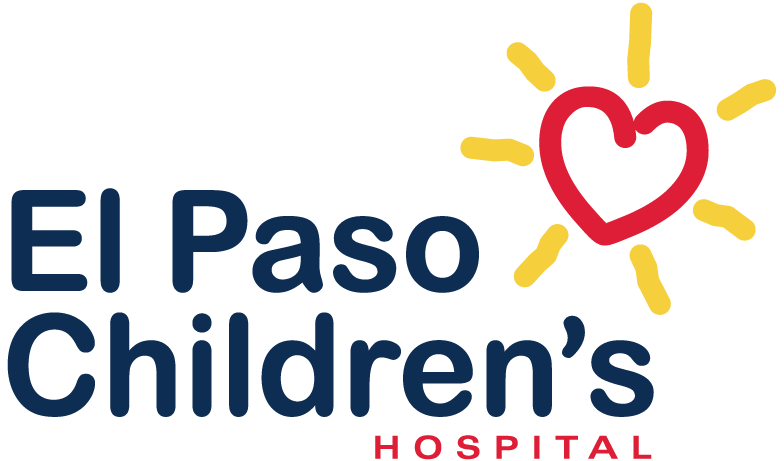Appendicitis in Children
Stomach ache very common in children but not all abdominal pain is appendicitis; common causes are gas, gastroenteritis, constipation, strep throat, urinary tract infection, pneumonia, twisting of the ovary to name a few.
The appendix is a small extension of the intestine that is attached to the large intestine (colon). The appendix is usually located on the right side of the abdomen and has no important function. Appendicitis is inflammation and infection of the appendix and most often results from blockage of the appendix by stool. Sometimes the stool forms a small stone called a fecolith. Other causes of obstruction can include swollen lymph nodes or parasites. Appendicitis is NOT caused by spicy foods. The appendix is a little organ but can be BIG problem.
Early Symptoms include nausea, vomiting, low-grade fever and lack of appetite. Pain typically begins around belly button and eventually migrates or moves to right side.
Later signs/symptoms: with time (usually greater than 24 hours) pain migrates to right lower side of belly; child often refuses to stand or has pain with walking.
Children less than 5 have a higher incidence ruptured appendicitis due to inability to communicate symptoms and often present with higher fever, vomiting, abdominal swelling and diarrhea.
Diagnosis: History, physical exam, lab tests. Appendicitis can often be diagnosed clinically but usually radiologic imaging is used beginning with an ultrasound (no radiation) and sometimes a CT scan is required if the diagnosis is unclear (with appropriate radiation dose reduction appropriate for the child’s size).
Treatment is a combination of antibiotics and surgery. Appendectomy (removal of the appendix) is the most common emergency surgery in children with approximately 70,000 cases per year in the United States. If the diagnosis is made in timely fashion appendicitis is easily treated with appendectomy with excellent results and no significant long term complications. If the diagnosis is delayed and perforation occurs, complication rates increase, including prolonged hospitalization, abscess formation (pus pocket) and possible bowel obstruction requiring a secondary surgery or intervention.
Surgery is the standard of care and is usually performed laparoscopically (small incisions and the use of a camera-varies from one to three small incisions). The benefits of laparoscopy is that other abdominal structures can be examined, lower risk of wound infection, decreased pain and sooner return to normal activities.
It is critical for parents to know the signs and symptoms of the disease in children and to seek appropriate treatment early on. Parents should take their child to a hospital solely dedicated to pediatrics -specifically pediatric surgery, pediatric anesthesia, and pediatric radiology in addition to all the other pediatric subspecialties.
Though the current medical environment is changing on a daily basis due to COVID-19, at EPCH safety precautions have been implemented to mitigate the risks during the pandemic such as screening all patients, visitors and clinicians before they enter the facility and required universal masking. It must be emphasized, that parents should not delay or avoid seeking medical evaluation in the case of abdominal pain to avoid complications of an easily treated case of appendicitis.



